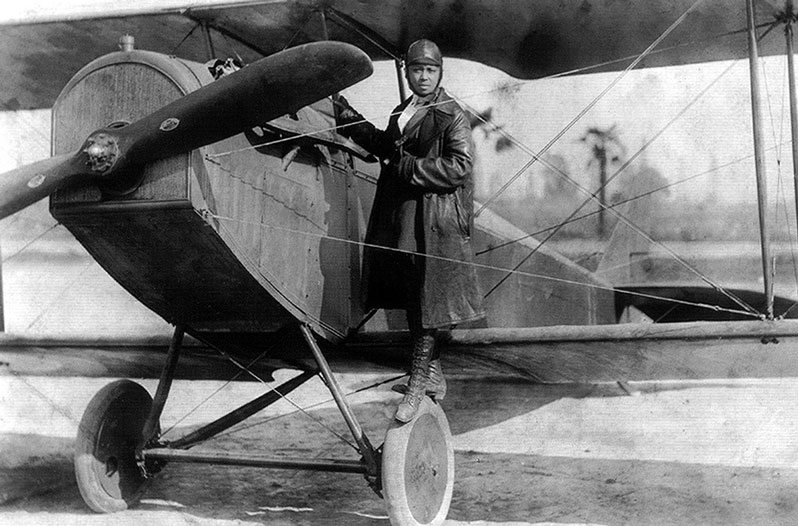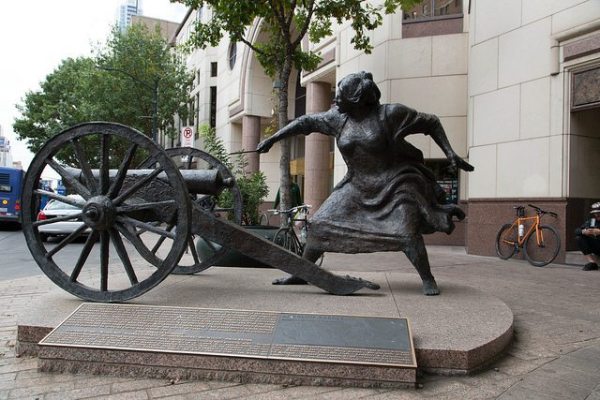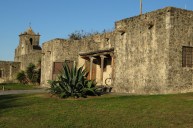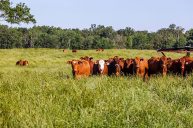[dropcap]S[/dropcap]ince long before its advancement to statehood in 1845, Texas has yielded some incredible women. There are artists and musicians, writers, ranchers, politicians, mathematicians and scientists who have helped shape Texas into what it is today. The list of influential Texas women could number into the thousands, and there are no justifiable ways to rank the effects these women have had upon the Lone Star State. Here are 11 influential women of Texas history whose names we should not forget.
Videos by Wide Open Country
Barbara Jordan
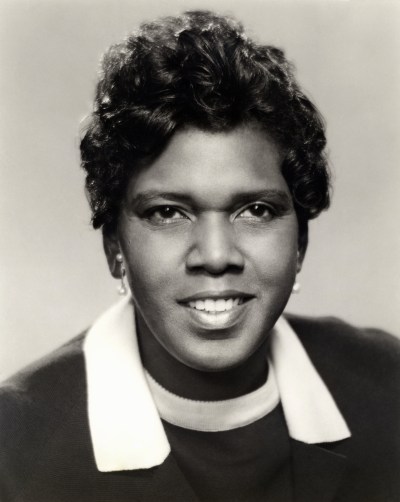
Wikipedia/Public domain
Raised in Houston's fifth ward, Barbara Jordan shattered a lot of glass ceilings for her successors. In 1966, Jordan was the first black woman to be elected to the Texas State Senate (and the first African American to be elected after the Civil War Reconstruction Era). In 1972, she was the first black woman to represent Texas in the United States House of Representatives, and upon her death in 1996, was the first black woman to be buried in the Texas State Cemetery.
Emma Tenayuca

Public Domain
You may have heard of Cesar Chavez, but if you haven't heard of this Texas woman who blazed trails for him, then pay attention. A pioneer in the labor rights movement, San Antonio born Emma Tenayuca first gained notoriety when arrested in 1933 at the age of 16 for picketing the Finck Cigar Factory for its unfair labor practices. Tenayuca was still a young woman when she organized two international ladies' garment workers unions, lobbied the Texas congress for improved labor rights in the San Antonio pecan shelling industry, and organized peaceful protests against the police beatings of Mexican migrant workers.
Susana Dickinson
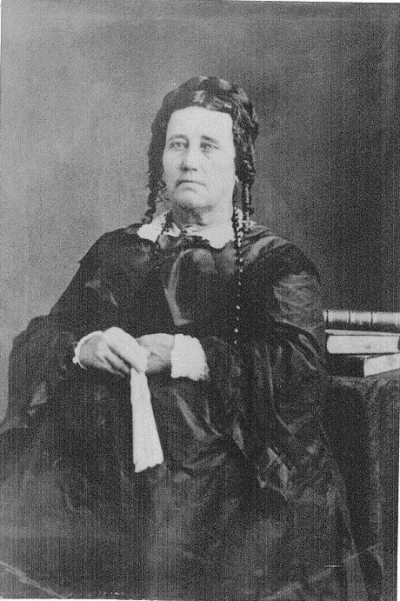
Public Domain
The wife of Captain Almaron Dickinson, Susana and her daughter were two of the only dozen or so survivors of the Battle of the Alamo. It's from Dickinson that most of the first-hand historical account of the battle (from the Texans' viewpoint) originate. When Mexican general Santa Anna sent Dickinson to Gonzales with a letter of warning of what happened at the Alamo, instead of having the desired effect of intimidation, it became a rallying cry for the Texas army, who subsequently defeated the Mexicans at the battle of San Jacinto, even capturing Santa Anna himself.
Caro Crawford Brown
Fearless journalist Caro Crawford Brown won the 1955 Pulitzer Prize for Journalism after her work helped dismantle the power of infamous political boss George Parr. Brown worked for the Alice Daily Echo, and was assigned to cover Parr after her fellow reporter was killed while investigating the Parr family. Brown was warned by the Texas Rangers that her life was in danger for her work covering George Parr, and so she always carried a pistol in her glove compartment for protection. Despite her work to take him down, Brown had scrupulous ethics, and at one point even saved Parr's life by physically inserting herself between Parr and a Texas Ranger when he was about to shoot Parr.
Clara Driscoll and Adina De Zavala
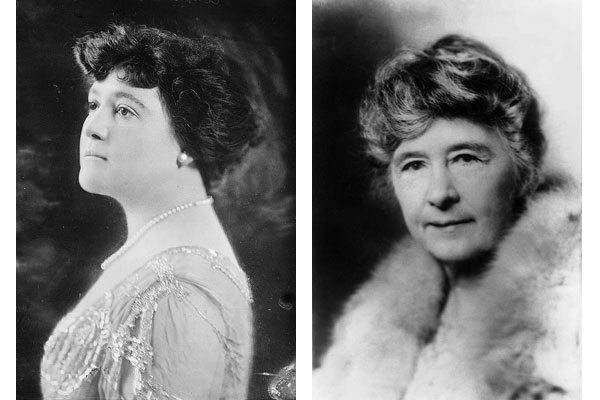
Clara Driscoll (Left) and Adina De Zavala (Right) images are public domain
These two staunch protectors of Texas history worked together to protect and preserve crucial Texas historical sites and artifacts. De Zavala created the Texas Historical Landmarks Association, and Driscoll prevented the destruction of the Alamo with the help of the Daughters of the Republic of Texas when the historic battle site was standing in the way of corporate development, earning her the nickname "The Savior of the Alamo". Without these two women, many of Texas's historical sites would now have been swallowed up in the name of progress.
Miriam A. Ferguson
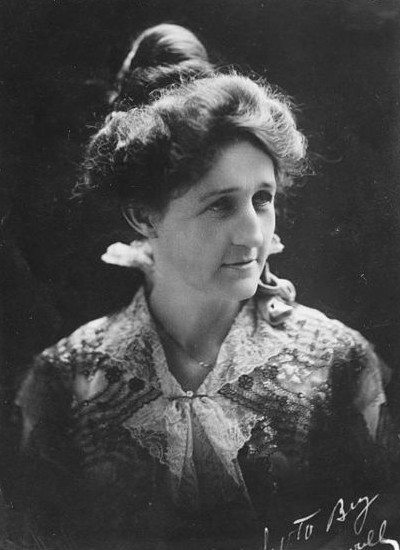
Wikipedia/Public domain
"Ma" Ferguson as she was called, was the first female Governor of Texas. Ferguson won two nonconsecutive elections, in 1924 and 1932. Miriam Ferguson and Anne Richards are to date the only two women to ever serve the state of Texas as Governor.
Sarah Horton Cockrell
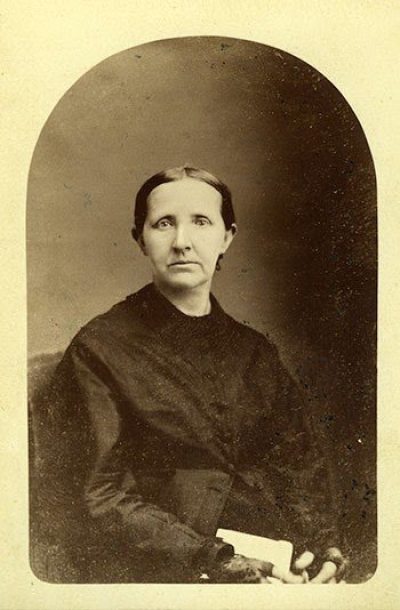
Public domain
As pioneer settlers of Dallas, Sarah Horton Cockrell and her husband bought a headright of land at the Trinity River near downtown Dallas, and opened a ferry service. The couple also owned other business ventures including construction and real estate. Upon her husband's death in 1858, Cockrell took over the family businesses, as well as opening three hotels in the Dallas area. Cockrell also owned a flour mill, and even commissioned the first iron bridge crossing the Trinity River. At the time of her death in 1892, Cockrell was one of Texas' first millionaires, and reputed to own nearly a quarter of what is now the Central Business District of downtown Dallas.
Angelina Eberly
Though not a native Texan, Angelina Eberly was a courageous woman and an important figure Texas history. In December of 1842 Eberly made her mark on history when she fired a cannon into the General Land Office building, alerting the city of a theft taking place. The theft in question was being committed by none other than Texas Governor Sam Houston himself, who was quietly planning to remove the Texas archival documents from Austin to Houston, in an attempt to move the capital of Texas to Houston. Her efforts, which are now known as the Archive War, earned her the moniker "The Savior of Austin", and a statue depicting the famous cannon blast now sits in downtown Austin on Congress Avenue, between 6th and 7th Streets.
Bessie Coleman

Wikipedia/Public domain
Born in 1892 in Atlanta, Texas, no one would ever have expected Bess Coleman to achieve the things she did in her short life. The daughter of a Cherokee father and an African American mother, Coleman defied all odds when she became the first black woman aviator (as well as the first Native American woman aviator). During World War I, no one in the United States would teach a woman or an African American to fly. Undeterred, Coleman took a language course in French, and then sailed to France where she earned her pilot's license at the age of 29. Upon her return to the United States Coleman became a "barn stormer" or exhibition pilot, giving air shows in Chicago. She died at the age of 34 when a plane she was a passenger in malfunctioned mid-flight and crashed, killing both her and the pilot.
Lizzie Johnson

Public domain
Lizzie Johnson's family moved to Texas when she was four years old. Her first career was as a school teacher in Hays County, but she subsequently opened her own school in Austin. A contemporary and acquaintance of cattle barons George Littlefield, William Day and Charles Whitis, Johnson recognized the investment opportunities afforded by the cattle industry, and in 1871, she registered her own cattle brand and purchased 10 acres of land to start her own cattle business. She became known as one of the early Texas Cattle Queens, and was the first woman to ride the famed Chisholm Trail with her livestock.
